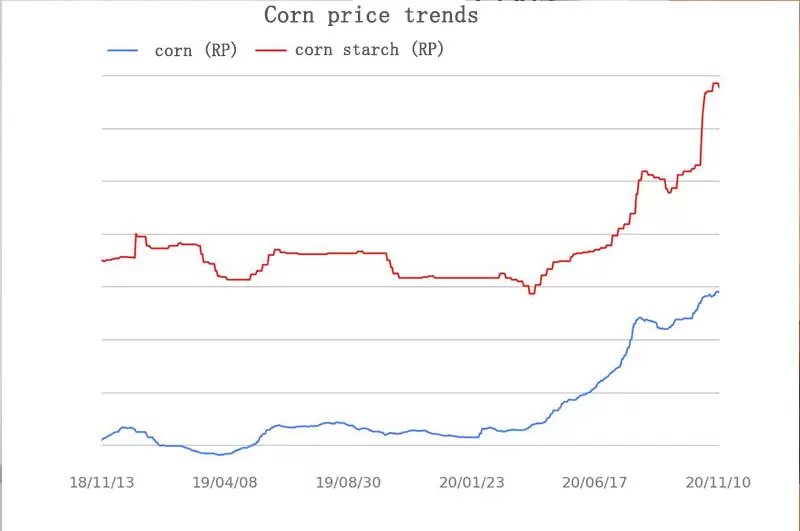Inulin, a popular prebiotic fiber derived from chicory root, agave, or Jerusalem artichokes, is celebrated for boosting gut health. But as organic inulin powder floods the wellness scene, many wonder: Are there hidden downsides to this “gut-friendly” supplement? Let’s explore the science-backed risks, who should avoid inulin, and how to use it safely.
4 Common Side Effects of Inulin
1. Digestive Discomfort
- Symptoms: Bloating, gas, cramps, or diarrhea—especially when consumed in excess (>10g/day).
- Why? Inulin ferments in the colon, feeding bacteria that produce gas.
- Fix: Start with 2–3g daily and increase slowly over weeks.
2. FODMAP Sensitivity
- Risk: Inulin is a high-FODMAP fiber, triggering symptoms in IBS or SIBO patients.
- Solution: Opt for low-FODMAP prebiotics like PHGG or psyllium husk.
3. Blood Sugar Spikes (Rare)
- Risk: While inulin is low-GI, some studies note temporary glucose spikes in diabetics when paired with carbs.
- Precaution: Monitor levels if using organic inulin powder in high-carb meals.
4. Allergic Reactions
- Risk: Rare allergies to chicory or ragweed (Asteraceae family) may cause itching, swelling, or rashes.
- Test: Apply a small amount of inulin paste to skin before consuming.
Organic Inulin Powder vs. Conventional: Does Purity Matter?
| Factor | Organic Inulin Powder | Regular Inulin Powder |
|---|---|---|
| Source | Non-GMO chicory, chemical-free | Often from GMO crops treated with pesticides |
| Additives | No anti-caking agents or fillers | May contain silica or maltodextrin |
| Digestive Impact | Gentler due to natural extraction | Harsher (bleaching agents irritate gut) |
| Environmental Impact | Regenerative farming practices | Soil depletion from monocropping |
Who Should Avoid Inulin?
- IBS/SIBO Sufferers: High-FODMAP fibers worsen gas and pain.
- Low-FODMAP Dieters: Inulin is restricted in elimination phases.
- Infants & Toddlers: Their gut microbiomes are too immature.
- Allergy-Prone Individuals: Especially to ragweed, chrysanthemums, or marigolds.
How to Use Organic Inulin Safely
- Start Low, Go Slow: 2–3g/day (≈½ tsp), increasing by 1g weekly.
- Pair with Water: Always take with 8oz water to ease digestion.
- Synbiotic Combo: Mix with probiotics (e.g., Lactobacillus) to balance gut flora.
- Bake Smart: Replace 25% flour with inulin in recipes (adds sweetness and moisture).
Why “Organic” Reduces Side Effects
Non-organic inulin often contains glyphosate residues from conventional chicory farming. Certified organic inulin powder minimizes risks by ensuring:
✅ No synthetic pesticides or herbicides
✅ Gentler processing (no chlorine bleaching)
✅ Non-GMO sourcing (preserves natural fiber structure)
FAQs
Q: Can inulin cause weight gain?
A: No—its low calories (1.5kcal/g) and appetite-curbing effects support weight management.
Q: Long-term risks?
A: Safe for most in moderation. Chronic overuse (>30g/day) may harm kidney function (animal studies).
Q: Better alternatives for gut health?
A: Try organic acacia fiber (low-FODMAP) or partially hydrolyzed guar gum.
Q: Shelf life?
A: 2+ years in airtight containers (avoid humidity).
Ready to Nourish Your Gut Wisely?
While organic inulin powder offers powerful prebiotic benefits, it’s not a one-size-fits-all solution. By respecting dosage limits and opting for organic purity, you can harness its perks without the pitfalls.
Your gut deserves balance—not a battleground.
Recommended Product
Organic Inulin
Premium Prebiotic Fiber for Nutraceuticals, Food & Beverage Industries


